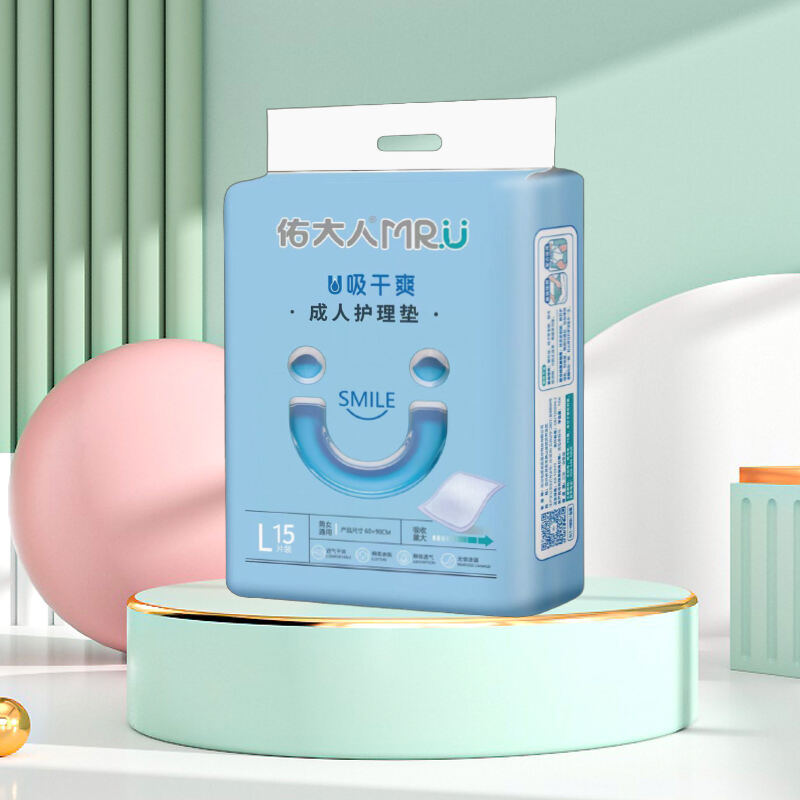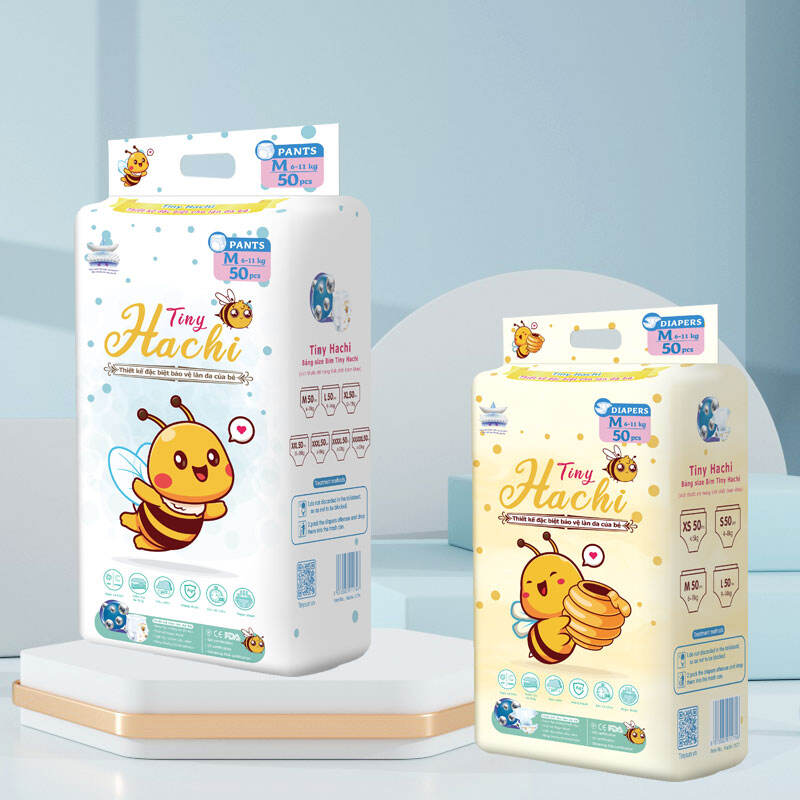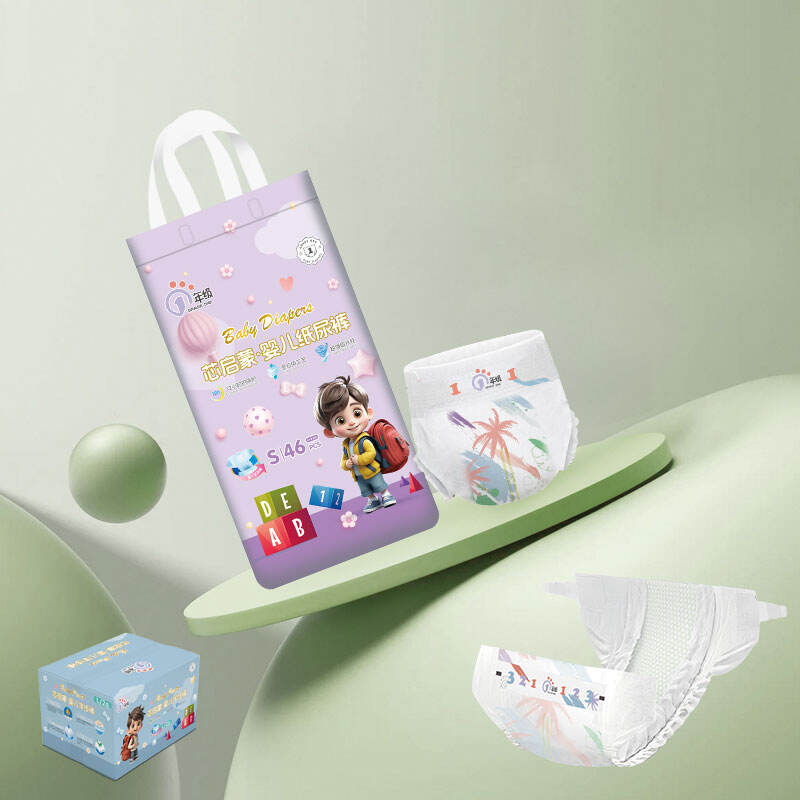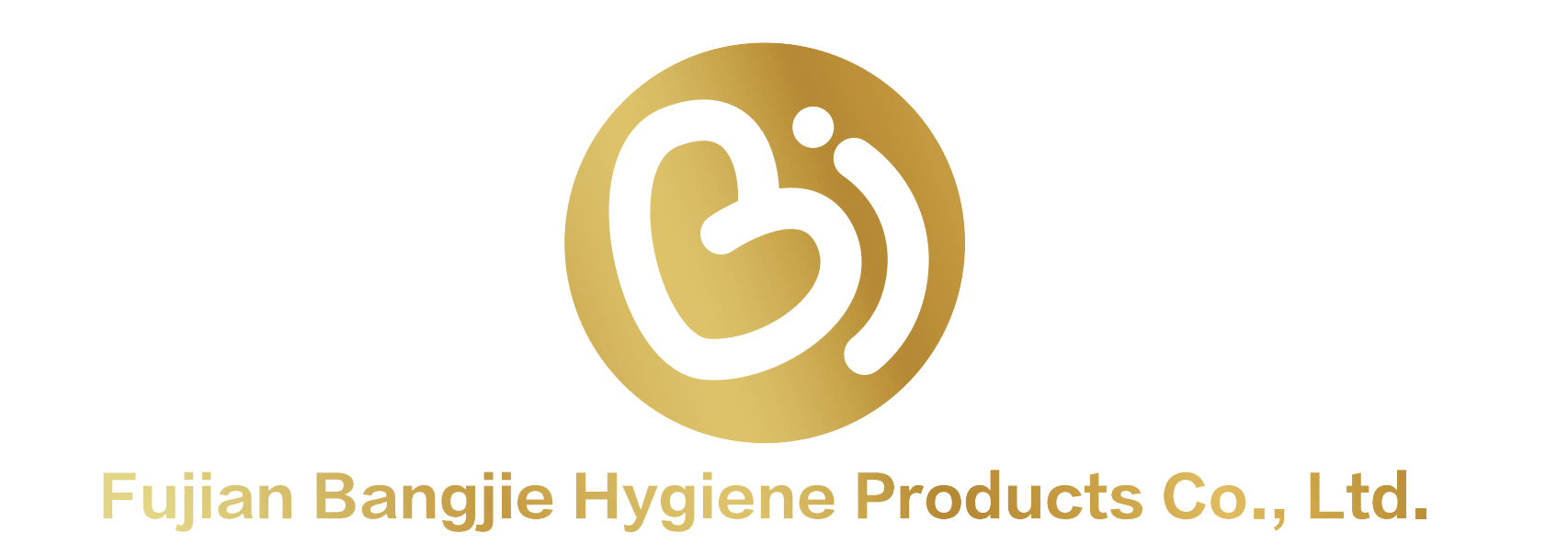Keep Your Baby's Skin Happy & Healthy: Expert-Approved Diaper Tips and Top Picks for 2025
Understanding Your Baby's Skin Needs
A baby's skin tends to react much more easily compared to adult skin, so it really needs extra care and thought when choosing products. The skin on infants is actually quite thin, making them prone to redness or discomfort from things like temperature changes or harsh chemicals. Their skin also has a different acid level than adults, which means regular products might not work well at all. Parents should know about these differences because babies get eczema, dry patches, and diaper rash way more frequently than grownups do. Getting familiar with what works best for tender baby skin helps avoid those frustrating problems down the road.
Babies often deal with skin problems like eczema, dry patches, and rashes that get worse when they're exposed to certain environments or products that don't suit them. Eczema usually shows up as red itchy spots, mostly on little faces and scalps, though sometimes around elbows and behind knees too. Many parents find out the hard way that dry skin and rashes happen because of stuff like laundry detergent residue, bath products with strong fragrances, or even clothes made from rough materials. When parents start to notice what's going on with their baby's skin, they can begin adjusting how they care for it. Some kids need gentle moisturizers applied right after baths, others might react badly to certain soaps or lotions. It takes time to figure out what works best for each child's delicate skin.
Best Diaper Tips for Baby Skincare
Keeping babies' skin in good condition requires proper diaper care routines. Frequent changes remain important throughout infancy. Newborns typically need fresh diapers every couple of hours at minimum, sometimes cutting into parental rest periods but worth the effort. The reason? Wet conditions create problems fast. When moisture builds up against delicate skin, it becomes breeding ground for both bacteria and fungi that lead to redness and discomfort. That's why changing regularly helps avoid those frustrating rashes parents dread so much.
Getting the correct diaper size matters just as much as other factors. When diapers fit well, they tend to leak less and allow air to circulate around baby's skin, keeping things dry. The right fit means no uncomfortable squeezing that causes redness or sore spots from being too snug. But if it sits too loosely on the body, there will definitely be leaks and skin stays wetter longer than ideal. Parents know this all too well after those inevitable messes during diaper changes.
Using diaper cream in generous amounts really makes a difference when it comes to prevention. These barrier creams or rash ointments form a shield between baby's skin and whatever might irritate it, mainly keeping out moisture and reducing friction which are big causes of rashes. Parents should apply a good thick coating at each diaper change, but definitely don't forget this step before putting baby to bed. Nighttime means longer stretches without changing, so that extra protection becomes even more important. Some parents swear by certain brands over others too, though what works best often depends on the individual baby's sensitivity.
Giving babies some time without diapers actually works wonders for their skin. When little ones get to go without those plastic covers occasionally, their skin gets a chance to air out naturally which cuts down on rash problems. Parents should try setting aside short periods where they let their child roam around on something soft yet absorbent like a thick towel or special mat. The idea is simple enough really - even five or ten minutes makes a difference when it comes to keeping that sensitive skin healthy. Allowing regular drying time between diaper changes helps prevent irritation caused by constant moisture buildup against tender areas.
Top Products for Keeping Your Baby's Skin Happy
When it comes to keeping your baby's skin happy and rash-free, choosing the right products is crucial. Here's a look at some top options:
Adult Nursing Pads: For breastfeeding mothers, managing leaks during feeding is vital for comfort and hygiene. Adult Nursing Pads are specifically designed to absorb any excess moisture, minimizing skin contact and providing a comfortable and dry nursing experience.
Tiny Diapers or Training Pants are designed so babies get both freedom of movement and stay protected from accidents at the same time. These diapers fit really well around little bodies, letting them crawl, roll, and explore without worrying about leaks messing up their clothes. Works great for newborns all the way up until kids reach about 23 kilograms in weight. Comes in different sizes starting from Newborn right through to Extra Extra Large, making sure there's something appropriate no matter how fast growing those toddlers might be.
When little ones start getting bigger, parents often find themselves looking for better absorbing diapers that actually stay put on those growing bodies. Year Diapers have become pretty popular because they really do keep up with active toddlers who seem to be moving nonstop all day long. They work well for kids weighing around 23 kilograms or less, and the design adjusts nicely as babies grow month by month. Many parents appreciate how these diapers don't leave marks or cause discomfort even after several hours of wear.
By choosing the right products, you can ensure your baby stays comfortable and their skin remains happy and healthy.
Tips for Preventing Diaper Rash
Preventing diaper rash is essential for maintaining your baby's healthy skin. One effective technique is proper drying. After cleaning, gently pat your baby's skin dry rather than rubbing. This method helps remove excess moisture without causing irritation or chafing to the sensitive areas of your infant's skin.
Alongside proper drying methods, how we clean matters just as much. Parents often reach for soft wipes, though sometimes nothing beats a good old fashioned warm cloth dipped in water for cleaning little ones' bottoms. Steer clear of anything with strong chemicals or added scents since those tend to bother sensitive baby skin and might actually cause rashes down the road. Most experienced caregivers know that keeping things simple when it comes to cleaning routines goes a long way toward preventing uncomfortable skin issues later on.
Creating a moisture barrier makes all the difference when it comes to baby skin care. Products containing zinc oxide or petroleum jelly work well as protective layers. They stop moisture from touching the skin directly, which helps keep irritants at bay and supports better skin condition overall. Adding this step to regular care routines tends to cut down on diaper rash problems quite effectively.
Recognizing and Treating Diaper Rash
Recognizing the signs of diaper rash is crucial for timely intervention and effective treatment. Look out for redness, swelling, or the appearance of small bumps on your babyâs bottom. These symptoms should prompt immediate attention to your child's skin care routine to prevent further discomfort or infection.
For mild diaper rashes, some home remedies can provide relief and promote healing. Natural oils, such as coconut oil, have soothing properties that can moisturize and alleviate irritation. Aloe vera is another option that offers natural anti-inflammatory benefits and can be gently applied to the affected area.
If the rash doesn't go away after a few days, gets really bad, or comes with things like a fever, then seeing a pediatrician makes sense. Doctors can take a look at what's going on and figure out what kind of treatment might be needed before things get worse, like avoiding possible infections from bacteria or yeast. Taking good care of the area and getting professional advice when something seems off usually works best for dealing with these kinds of rashes in babies. Most parents find that early intervention stops small problems from becoming bigger headaches down the road.
Creating a Comfortable Diapering Environment
A good diaper changing station makes all the difference when it comes to keeping things running smoothly for both parent and baby. The ideal spot needs to have everything on hand already so there's no scrambling mid-change. Think wipes, diaper cream, extra diapers, maybe even a small trash bin for soiled ones. When parents don't have to hunt around for stuff, changes happen faster which means less fuss from little ones who get antsy waiting too long. Plus babies tend to feel more secure when they know what's coming next rather than being surprised by missing items or delays.
Getting the right wipes and creams makes all the difference when it comes to taking care of a baby's sensitive skin. Look for wipes without any added fragrances, ones labeled hypoallergenic, and made from gentle materials so they don't irritate little bottoms. When picking out creams, go for formulas specifically designed to create a protective layer while helping existing nappy rash heal faster. The best products actually work by strengthening the skin's natural defenses against moisture, which goes a long way in preventing those frustrating red patches we all know too well. After all, nobody wants their little one uncomfortable during precious sleep times or play sessions.





